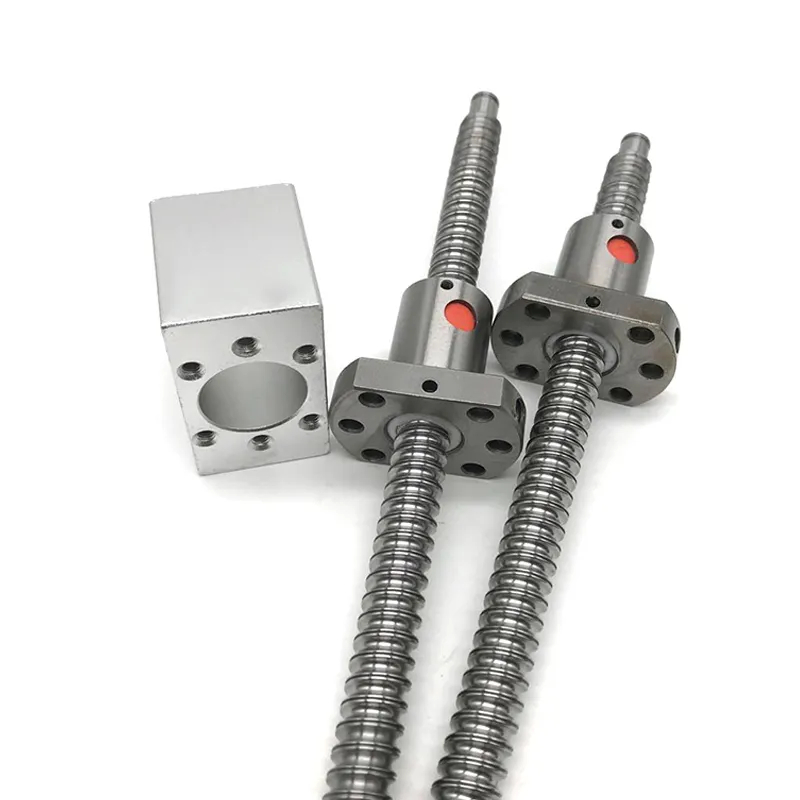Ball screws and lead screws are both types of mechanical screws used for converting rotary motion into linear motion (or vice versa). However, they differ in their design, efficiency, and performance.
Here are the key differences between ball screws and lead screws:
1. Mechanism:
Lead Screw: Lead screws have a helical thread, and the nut that rides on the screw also has a matching thread. As the screw rotates, the nut moves linearly along the screw.
Ball Screw: Ball screws, on the other hand, use ball bearings in the nut to reduce friction and increase efficiency. The balls serve as rolling elements between the screw and nut, allowing for smoother motion and higher precision.
2. Efficiency:
Lead Screw: Lead screws typically have higher friction compared to ball screws, which can result in lower efficiency. They may require more torque to drive the load and can be prone to backlash (the slight clearance between the screw and nut).
Ball Screw: Ball screws offer higher efficiency due to the rolling motion of the ball bearings. This results in lower friction, reduced heat generation, and improved accuracy. They are also less prone to backlash.
3. Precision:
Lead Screw: Lead screws are generally less precise than ball screws. The presence of backlash and the higher friction can contribute to positioning inaccuracies.
Ball Screw: Ball screws provide higher precision and repeatability, making them suitable for applications that demand accurate and consistent positioning.
4. Load Capacity:
Lead Screw: Lead screws are suitable for lower load applications where precision is not a critical factor.
Ball Screw: Ball screws are capable of handling higher loads with greater efficiency, making them suitable for applications that require both precision and high load capacity.
5. Speed:
Lead Screw: Lead screws are generally used in applications with lower speed requirements.
Ball Screw: Ball screws are capable of higher speeds due to their lower friction and reduced heat generation.
6. Applications:
Lead Screw: Lead screws are commonly used in applications where precision is not the primary concern, and cost is a significant factor.
Ball Screw: Ball screws are preferred in applications that require high precision, such as CNC machines, robotics, and other systems where accurate linear motion is crucial.
In summary, while both ball screws and lead screws serve the same fundamental purpose, the choice between them depends on the specific requirements of the application, including factors such as precision, efficiency, load capacity, and cost. Ball screws are generally favored in applications where high precision and efficiency are critical.

